The primary questions you should expect to be asked are:
- When was the most recent EKG testing done?
- Was it considered to be normal, borderline or abnormal?
- Has the Dr determined the cause of the abnormal findings?
- Has there been any further cardiac work up or evaluation—like an echo?...results?
- Is there any other cardiac history, such as chest pains, heart attack, stents or bypass?
- Any history of high blood pressure or cholesterol?
- Is there any family history of heart disease?
The EKG is a simple and inexpensive test which is used in combination with other cardiovascular risk factors in the underwriting evaluation for significant coronary disease. Underwriting for an abnormal EKG can run anywhere from a Standard offer, to mild table ratings, and occasionally you’ll see underwriting request further evaluation if they see this is a new and undiagnosed concern with the insured’s doctor. A request for cardiac work up to include echocardiogram testing is not uncommon.
Please contact us if you need help.



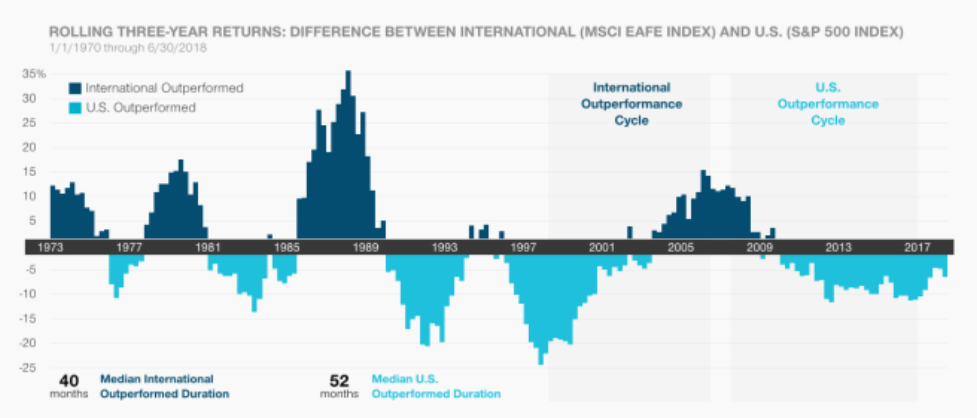
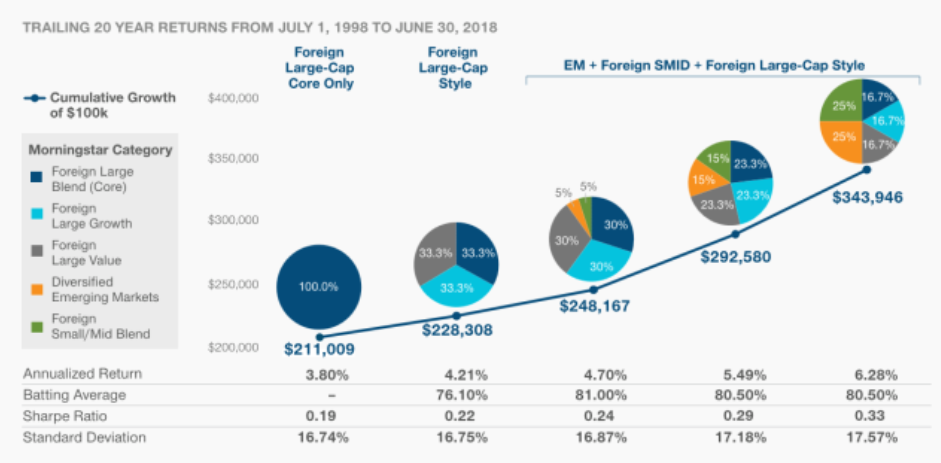
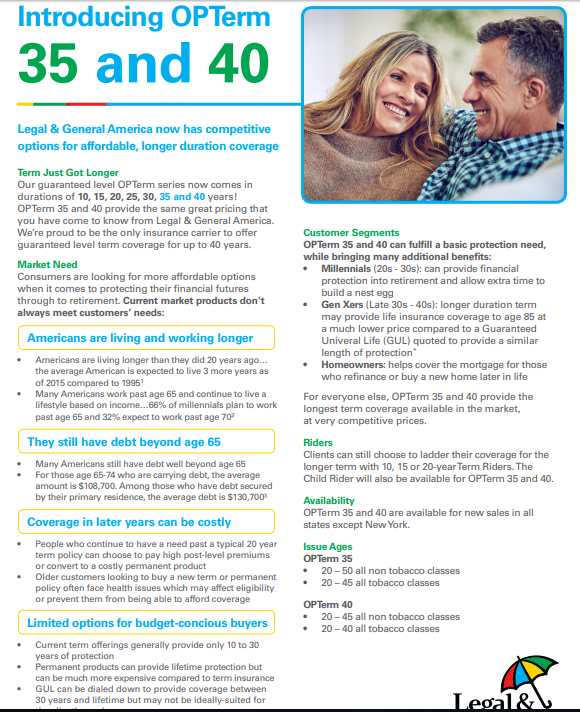
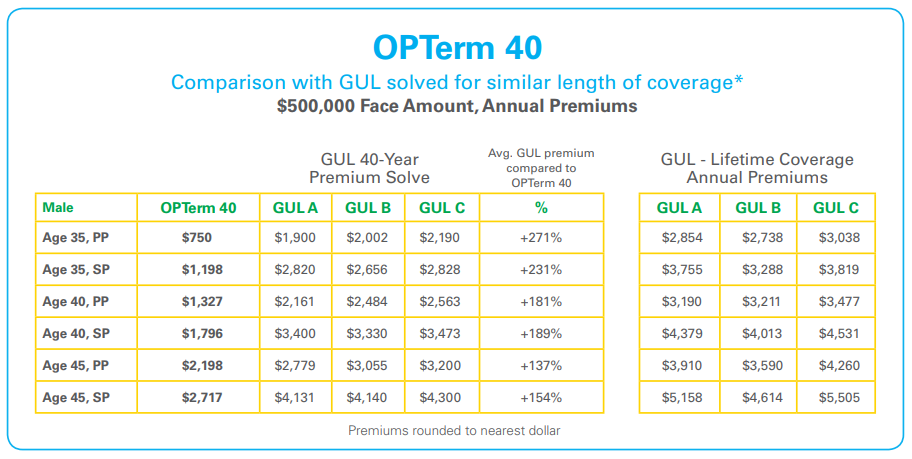
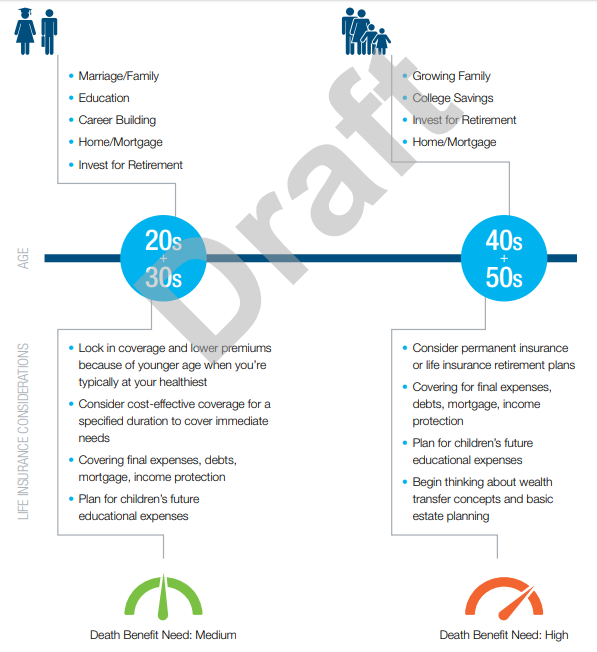
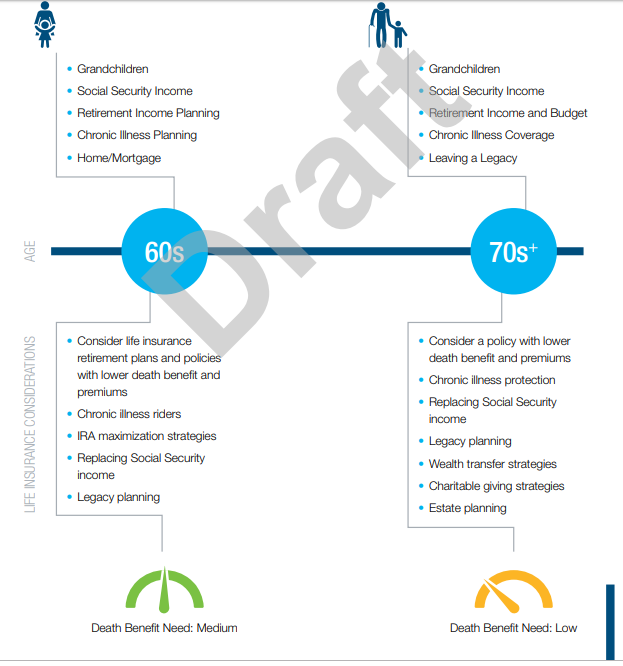
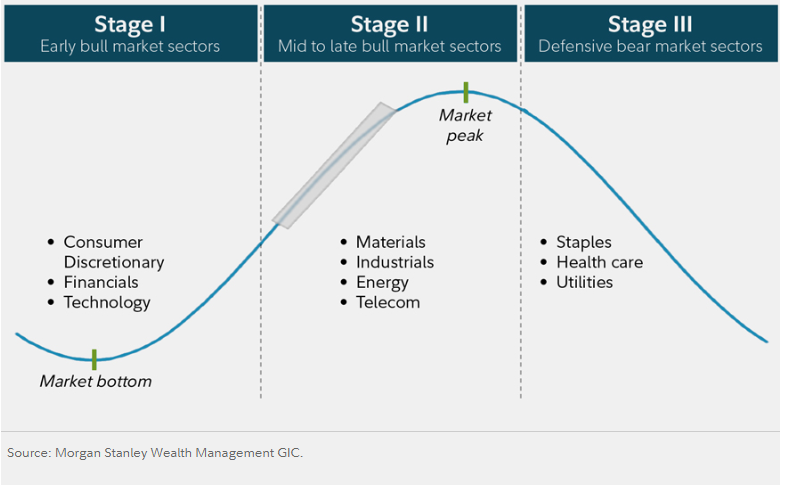
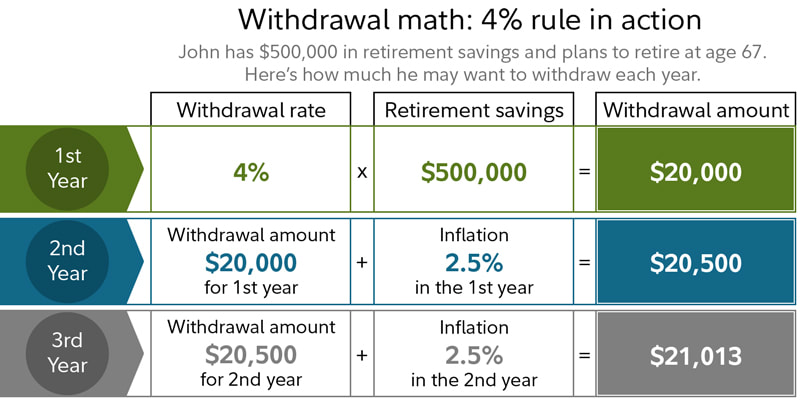
 RSS Feed
RSS Feed
